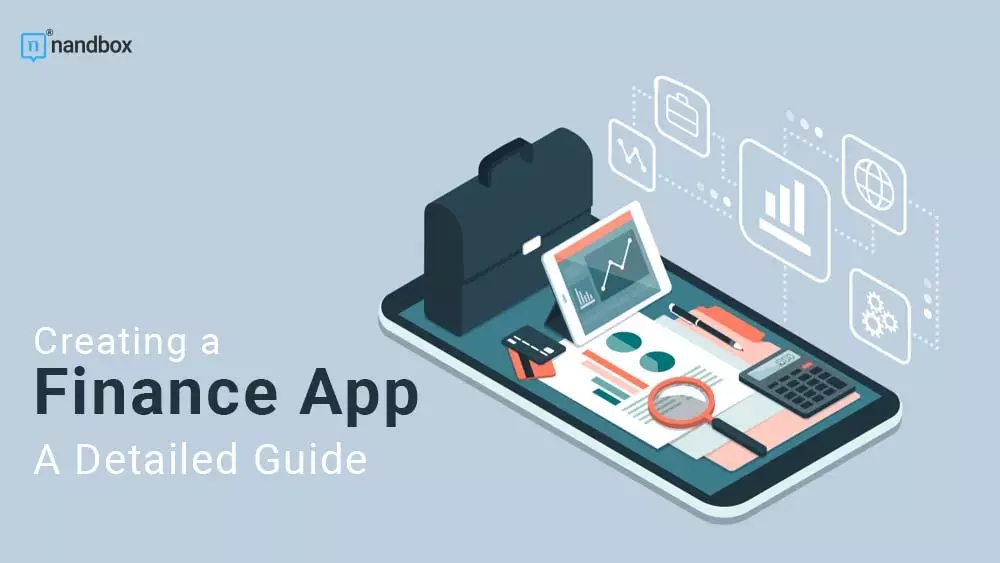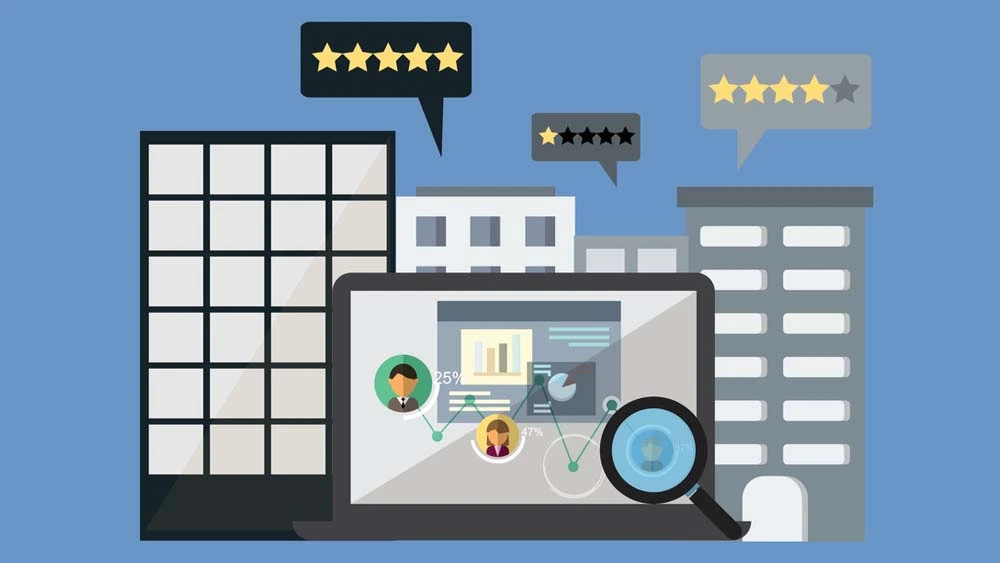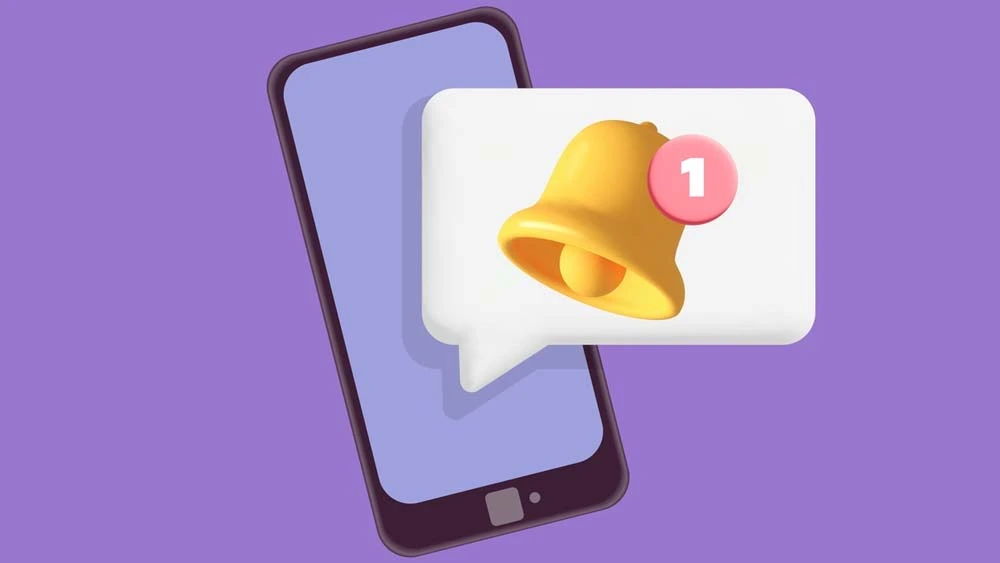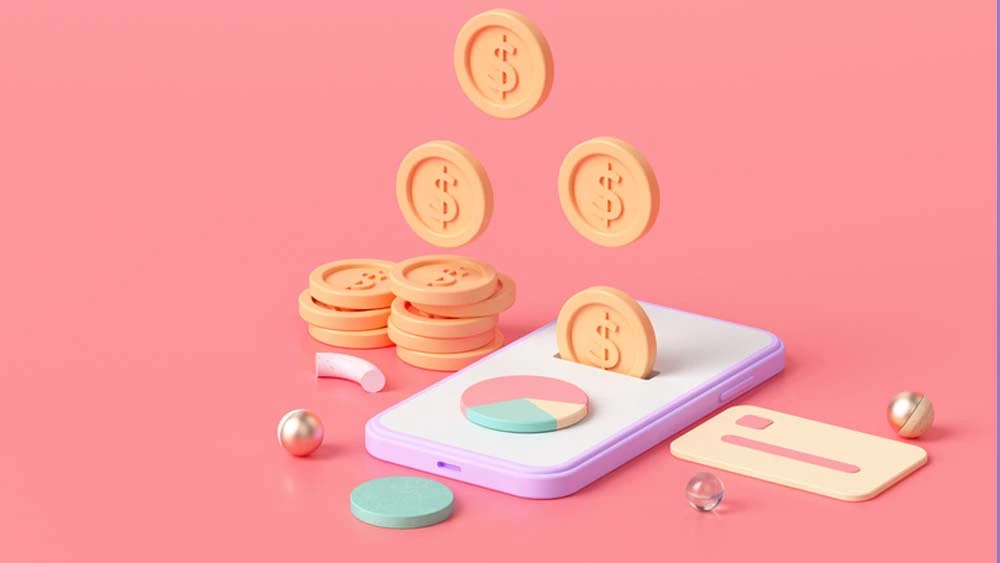Have you ever had a knot in your stomach whenever you heard the word “math exam”? It happens to the best of us. from tracking incomes, expenditures, and investments to dealing with banking operations. Creating a finance app can be your users’ haven by making their daily struggles easier.
Creating a finance app doesn’t have to be complicated. With this detailed guide, you can find out exactly how to make an effective and successful finance app that meets the needs of your users. Read on for step-by-step instructions on design, development, and marketing.
Steps to Follow to Create a Finance App
Here are a few steps to follow in order to create a successful finance app:
Research Your Market
It’s important to thoroughly research the market for your finance app before you begin the development process. Make sure to study the current trends and products being offered by businesses in the same niche as yours. Knowing this information will help you make informed decisions about what features and functionalities should be included in your app so that it stands out from the competition. Researching the market can also provide insight into what your customers are looking for, helping you create an app that appeals to their needs.
Choose the Right Platforms and Tools
Once you’re done researching, it’s time to start planning and developing your finance app. The first step is to choose the right platform and tools for development. Platforms such as iOS, Android, or React Native offer amazing capabilities that enable you to create powerful apps quickly and easily. In addition to platforms, look into which tools will make it easier for you to make an app like an accounting or budgeting portal or use a library of already-made functions and interface components for popular financial services.
Develop Your App’s User Interface
After you’ve chosen the right platform and tools, it’s time to begin developing the actual app. The user interface should be designed to be simple, fast, and secure. This will cut down on the amount of coding that needs to be done and also make it easier for users to use your app. You can use design templates from a wide range of sources or create one from scratch. Make sure to include functionalities like data input fields for users to submit information as well as boxes for data display or dynamic graphs for data visualization.
Test and Monitor Performance
After you’ve created and uploaded your finance app, it’s important to test and monitor its performance. You should test different features of the app to make sure they are working correctly and running smoothly. Monitor how long the app takes to start, how long it takes for certain actions to be carried out, if any errors occur, how many users are using the app at a certain time, and other variables that could indicate user experience or system performance issues. Regular testing will help you find problems and successes quickly, which will help you keep making your finance app better.
Explore Monetization Strategies
Once your finance app is developed and tested, determining how to generate revenue becomes a pivotal step. One effective approach is offering subscription tiers, where users can access basic features for free but unlock premium tools – like advanced budgeting analytics, investment tracking, or personalized financial advice – for a monthly or annual fee. The advisors at StartupFastlane.com say this model not only provides a steady income stream, but also caters to a wide range of users (from casual budgeters to serious investors).Another avenue to explore is forging partnerships with financial institutions or fintech companies, which can open up opportunities like transaction fees or referral commissions. For instance, if your app facilitates bill payments or links users to investment platforms, you could earn a small percentage per transaction or signup. This method aligns your revenue goals with user convenience, as it integrates naturally into the app’s functionality.
Must-Have Features While Creating Your Finance App
Banking integrations
Users should be able to link their various banking, credit, and debit information. This will allow users to have just one place to gather and manage their info at. If you added this feature you will make it easier for your user to have insights into their overall balance and solve the “disconnected experience” problem.
Authorization security
One thing users will always look for when choosing a finance app is security. To provide your users with the security they need, you should simply secure their authorization process. One idea to implement is integrating biometrics within your app. For example your user’s fingerprint or face ID. This weakens the chance for any fraudster to be able to steal your user’s private banking information.
Push notifications
Users will want to be alerted if a sudden withdrawal happened from their account. Push notifications are crucial to your finance app. They can alert users whenever they have an important bill that they have to pay. Notifications can be also customized by your user in case they wanted to be notified of overspending.
Money tracker
Your app should allow users to track what they have already spent. This will give them a chance to stick to a certain budget whenever they want to do so. This feature will make your app stand out from other finance apps. Going the extra mile for your user will give you leverage. You can customize this feature to be linked to a specific action. For example, the app should allow users to classify a credit card transaction as a food expense. This way they can determine which aspect of the budget is causing the problem.
Smart financial advisor
Implement AI within your app for a better user experience. Enabling the AI will allow it to suggest a financial plan to your users. Take Cleo for an example. It is an AI-powered app that analyzes your spending habits and makes recommendations to improve them. Its iconic conversational interface can advise you on how to save or spend less money. It’s similar to conversing with a friend or a sassy financial advisor. Using natural language (as Cleo does) is extremely effective at making a seemingly boring subject like personal finance seem exciting and even humorous. This can make users eager to use the app, significantly improving retention rates. However, you do not need artificial intelligence or advanced machine learning to make your personal finance app appealing. Users will value even the most basic analytics.
Features That’ll Make Your App Walk the Extra Mile for Users
Your app should be different for users to choose it as their default finance app, which means extra effort on your part, but we promise you this effort won’t be wasted.
Payment tracking
Most people struggle to keep up with recurring payments such as rent and utilities. As a result, any personal finance app should assist users in this area. You should at the very least allow users to set the due dates on their monthly bills. The app should then automatically send a reminder a few days before their billing due dates, so users have time to prepare.
You can also set an end date for payments like mortgages, app subscriptions, and insurance policies that only last for a certain amount of time. However, you can go a step further and have the app pay the user’s bills on their behalf. This is the most effective way to ensure they meet their monthly obligations.
Reward Points or a Digital Wallet
A rewards system is possibly the most engaging aspect of a personal finance app.
Let’s face it: budgeting and saving money aren’t exactly enjoyable activities. The majority of people would rather spend their money on things that make them happy. If you want users to use and enjoy your personal finance app, it needs to be fun and useful. That is what a reward points system can provide. When making a rewards program, it’s important to think about the prizes you offer. To come up with the right motivation, you need to make sure it’s something your target market wants.
nandbox and How It Can Help You Create a Finance App
You should have a good idea of what your app will look like now that you know the seven must-have features in any good personal finance app. However, this is only the first step. What truly matters—and where things get tricky—is how these features are implemented.
Personal finance apps are one of the most difficult niches to break into. Most of the time, there is a lot of competition, and there are many obstacles to overcome, such as security and compliance risks. However, using a no-code app builder such as nandbox can make the process much easier.
You’ll be given professional templates with different features that you can add to your app. All you need to do is drag and drop these features to your preference, and voila! You have a professional app. Sign up for nandbox now, enjoy our 14-day free trial, and get the most out of our app builder.






